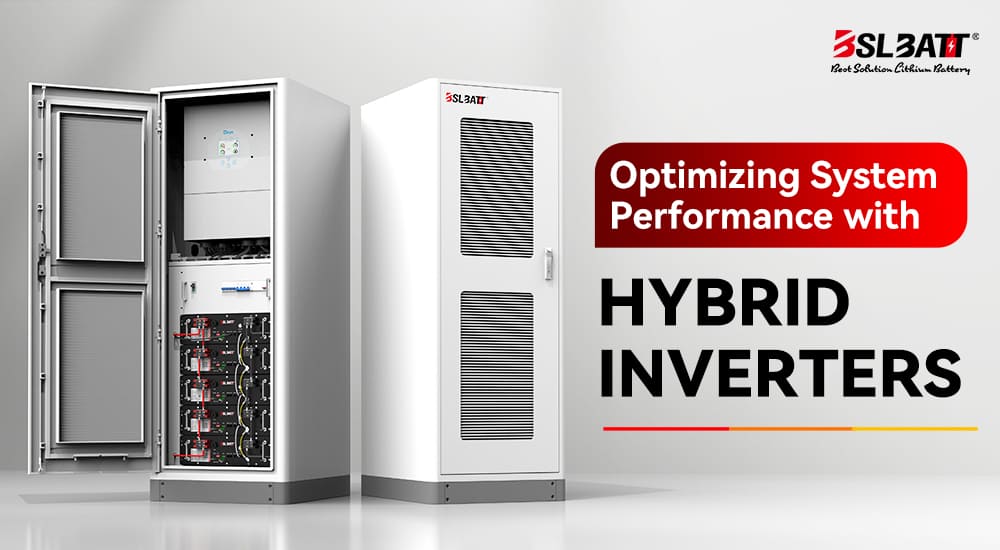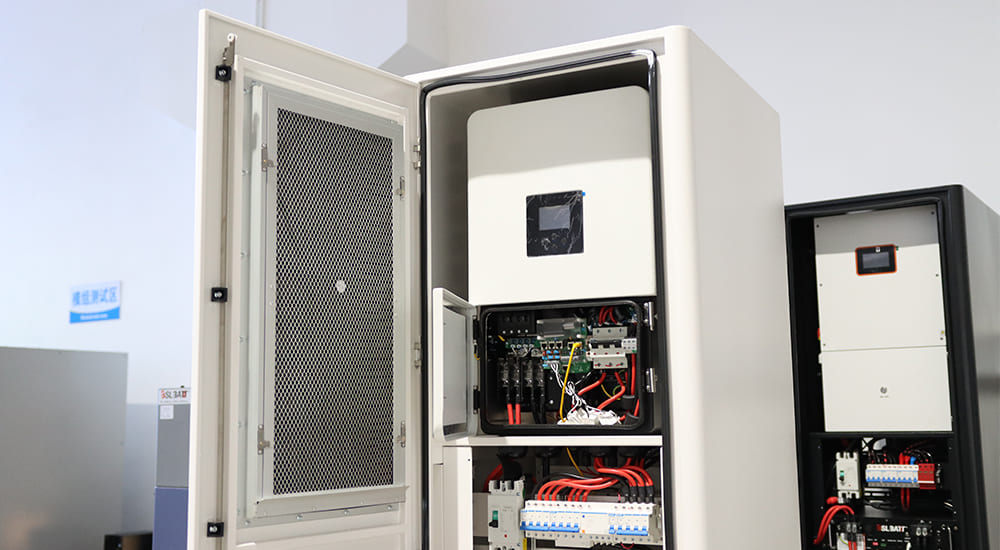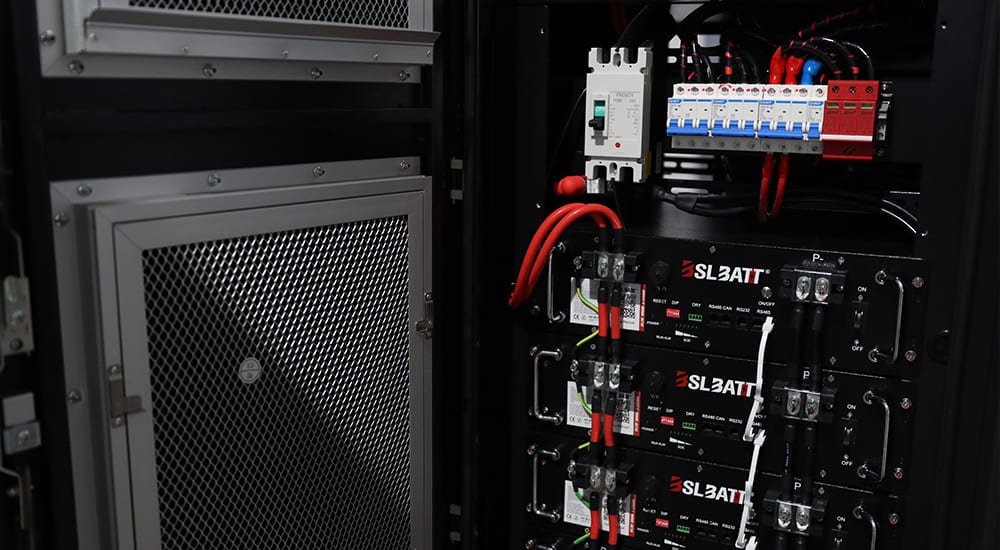AUTHOR BIO
Authored by Aydan, LiFePO4 Battery Technology Specialist at BSLBATT. With over 5 years in the advanced battery industry, He focuses on demystifying battery specifications and empowering users to make informed energy storage decisions. As an LiFePO₄ energy storage battery manufacturer, BSLBATT is committed to providing high-performance and reliable battery solutions.

Why is Hybrid Inverter Optimization So Critical?
For us, solar system integrators, customers choose solar systems not only for clean energy, but also for return on investment and energy independence. Hybrid inverters are the key bridge to achieve this goal, connecting solar panels, battery energy storage and the grid. If the hybrid inverter itself is not efficient or improperly configured, it will directly affect the power generation and energy storage efficiency of the entire system, and even shorten the life of the battery, ultimately damaging the interests of us and our customers. Therefore, mastering optimization technology is the cornerstone of winning customer trust and project success.
In-depth Understanding of The Core Optimization Elements of Hybrid Inverters
From the perspective of BSLBATT, to maximize the performance of hybrid inverters, we can start with the following core technical points:
1. Accurate MPPT (maximum power point tracking) control
Technical basis: The output power of solar panels will change with light intensity, temperature and the state of the panels themselves (such as shadowing and aging). MPPT technology is like the brain of the inverter. It monitors the voltage and current of the solar panels in real time to find the "best working point" that can output maximum power.
BSLBATT's Experience:
Choosing the right MPPT algorithm:
Different hybrid inverters may have multiple MPPT algorithms built in (such as perturbation and observation P&O, conductance increment Incr. Cond., etc.). Understanding the characteristics of these algorithms and how they perform in different environments (for example, some algorithms respond faster when the light changes rapidly) can help us make more informed inverter selections at the beginning of the project.
Ensure MPPT efficiency:
Even advanced MPPTs are not 100% efficient. Some high-end hybrid inverters provide monitoring data for MPPT efficiency. I usually pay attention to this indicator and compare it with the specifications provided by the manufacturer. When the MPPT efficiency is lower than expected, I will check whether the solar panels are connected correctly, whether there is severe shadowing, or whether the inverter firmware needs to be updated.
The advantages of multi-channel MPPT:
For solar arrays with different orientations or tilts, it is crucial to choose a hybrid inverter with multiple independent MPPT channels. This ensures that each array can find its maximum power point independently, avoiding the "short board effect" - that is, the overall performance is limited by the worst array.
2. Intelligent Battery Management System (BMS)
Technical basis: Solar batteries are the key to the energy storage capacity of hybrid inverters. BMS is a subsystem in the inverter that manages battery charging and discharging, monitors battery status (such as voltage, current, temperature, health SOC/SOH), and provides safety protection.
BSLBATT's Experience:
Optimize charging and discharging strategies:
Reasonably set the battery's upper and lower limits (Charge Limit) and discharge limits (Discharge Limit) to avoid overcharging or overdischarging, which is directly related to the life and performance of solar cells. I will adjust these parameters according to the customer's electricity usage habits, the peak and valley electricity prices of the power grid, and the forecast of solar power generation. For example, in areas with peak and valley electricity prices, I will set the inverter to give priority to charging the battery when the photovoltaic power is sufficient during the day, and discharge the battery power during the period when the power grid electricity price is high, so as to achieve "peak shaving and valley filling" and maximize economic benefits.
Pay attention to the health of solar cells (SOH):
Many modern hybrid inverters can provide battery health (State of Health, SOH) information. If the SOH drops too quickly, it may mean that the battery management strategy needs to be adjusted, or there is a problem with the solar battery itself. After the system is installed, I will regularly check the battery SOH through the monitoring platform and compare it with the SOH of the new battery to promptly warn and troubleshoot.
Matching battery technology:
Different solar battery technologies (such as LiFePO4 solar battery, NMC solar battery, or traditional AGM/gel battery) vary greatly in charge and discharge characteristics, energy density, cycle life, and temperature tolerance. Selecting the battery technology that is compatible with the hybrid inverter and best suited to the project needs, and ensuring that the inverter's BMS settings can fully utilize the advantages of this battery technology, is a key step in optimizing performance.
3. Efficient Energy Flow Management and Grid Interaction
Technical basis: Hybrid inverters can intelligently switch between multiple modes such as "self-use", "charging", "discharging", "grid-connected" and "off-grid". Efficient energy flow management means that the system can make the best energy allocation decision at any time according to external conditions (light, grid status, load demand) and internal settings.
BSLBATT's Experience:
Mode switching smoothness:
BSLBATT pays special attention to the smoothness of hybrid inverters when switching between different working modes, especially when the grid is interrupted and switches from grid-connected mode to off-grid (backup) mode. A fast and seamless switch can ensure uninterrupted operation of critical loads (such as refrigerators and network equipment), which is one of the backup functions that customers value most.
Grid interaction settings:
For grid-connected hybrid inverters, BSLBATT will carefully configure its grid-connected parameters, such as reactive power compensation, voltage/frequency support, etc., according to the regulations of the local grid and customer needs. This not only ensures that the system operates in compliance, but sometimes also improves the stability of the grid and indirectly improves system performance.
Remote monitoring and control:
Most modern hybrid inverters offer powerful remote monitoring platforms. BSLBATT relies on these platforms to understand the system's operating status in real time, view historical data, and adjust settings as needed. This allows BSLBATT to remotely diagnose problems and optimize system configurations without having to go to the site, greatly improving work efficiency.
4. Firmware Update and Software Optimization
Technical Foundation: As a highly integrated electronic device, the performance of a hybrid inverter depends largely on its internal software and firmware. Manufacturers will continuously optimize algorithms, improve efficiency, fix bugs, and even add new features through firmware updates.
BSLBATT's Experience:
BSLBATT always keeps an eye on the latest firmware release information of the hybrid inverter brand I use. Before updating, BSLBATT will carefully read the update notes to understand the possible impact of the update on performance and make necessary backups. A new and optimized firmware can often bring unexpected performance improvements.
Summary and Outlook
Optimizing the system performance of hybrid inverters is a systematic project that integrates technical understanding, fine configuration and continuous monitoring. As a solar system integrator, we need to deeply understand the technical details of MPPT, BMS, energy flow management and software updates, and combine the actual needs of the project and customers to develop the most suitable configuration plan.
Looking to the future, with the application of artificial intelligence (AI) and machine learning (ML) technologies in the energy field, we can expect hybrid inverters to become more "intelligent", able to learn and predict more actively, so as to achieve deeper performance optimization.
I hope that my sharing today can bring you some inspiration when integrating and optimizing hybrid inverter projects. Let us work together to build more efficient, economical and reliable solar solutions for our customers!
Post time: Jul-29-2025










